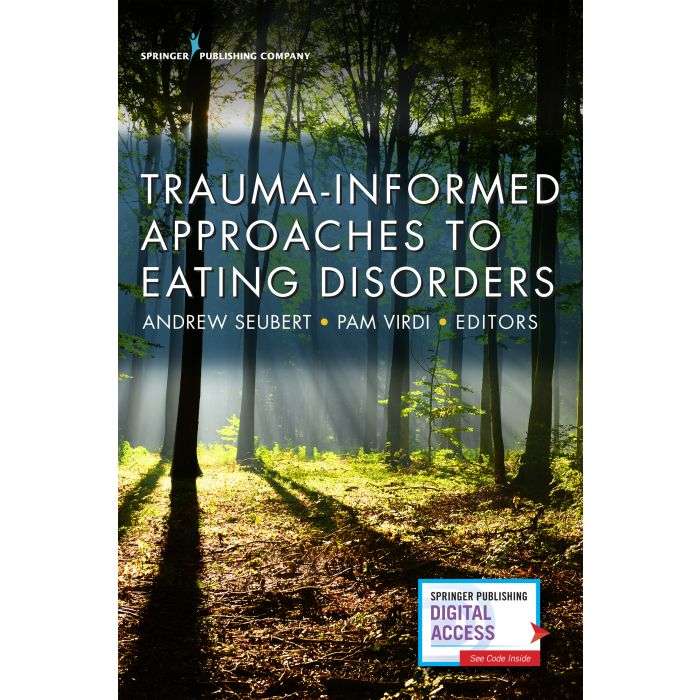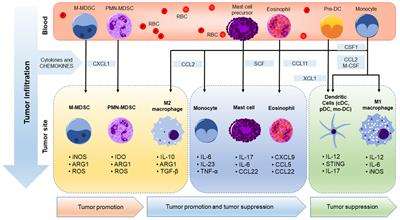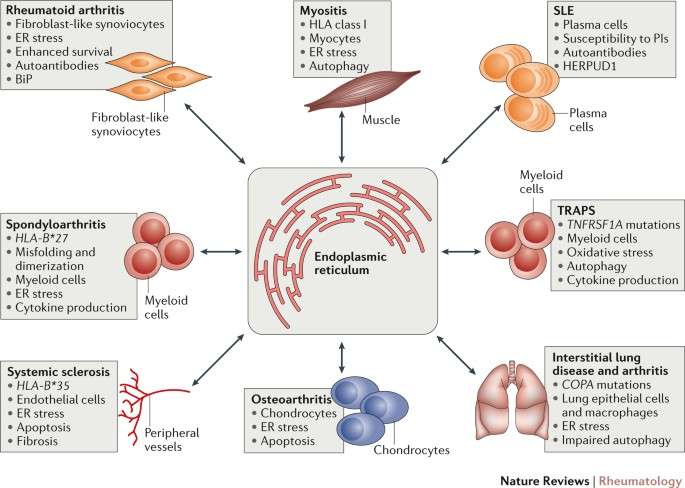Delivers a proven treatment model for clinicians in all orientations
This unique, hands-on clinical guide examines the significant relationship between trauma, dissociation, and eating disorders and delivers a trauma-informed phase model that facilitates effective treatment of individuals with all forms of eating disorders. It describes, step-by-step, a four-phase treatment model encompassing team coordination, case formulation, and a trauma-informed, dissociation- and attachment-sensitive approach to treating eating disorders.
Edited by noted specialists in eating and other behavioral health disorders, Trauma-Informed Approaches to Eating Disorders examines eating disorders from neurological, medical, nutritional, and psychological perspectives. Dedicated chapters address each treatment phase from a variety of orientations, ranging from EMDR and CBT to body-centered and creative therapies. The book also reveals the effectiveness of a multifaceted, phase model approach. Recognizing the potential pitfalls and traps of treatment and recovery, it also includes abundant psychoeducational tools for the client.
KEY FEATURES:
- Examines eating disorders from neurological, medical, nutritional, and psychological perspectives
- Highlights the relationship between trauma, dissociation, and eating disorders
- Maps out a proven, trauma-informed, four-phase model for approaching trauma treatment in general and eating disorders specifically
- Elucidates the approach from the perspectives of EMDR therapy, ego state therapy, somatosensory therapy, trauma-focused CBT, and many others
- Provides abundant psychoeducational tools for the client to deal with triggers and setbacks
- Offers the knowledge and expertise of over 20 international researchers, medical professionals, and clinicians
Dance and movement therapist and psychologist Ann Krantz believes that “the symptoms of eating disorders (EDs) serve to disconnect affect from the body, particularly as sexuality, trauma, and cultural influences contribute to conflicts in the woman’s [individual’s] developmental struggle toward self-identity”. Individuals suffering from both trauma and EDs have difficulty making their “house” a “home”. They often run away from “home” in an attempt to feel safer, centering their lives on using emotionally driven behaviors as a way of attempting to alleviate the often horrific anxiety they might otherwise experience. Dance and movement therapists weave together nonverbal dialogues that transform everyday movements into expressive communication. The cognitive markers can be used by therapists and patients alike to decode, track, and understand the experiences that fit into the bigger picture of their lives.




